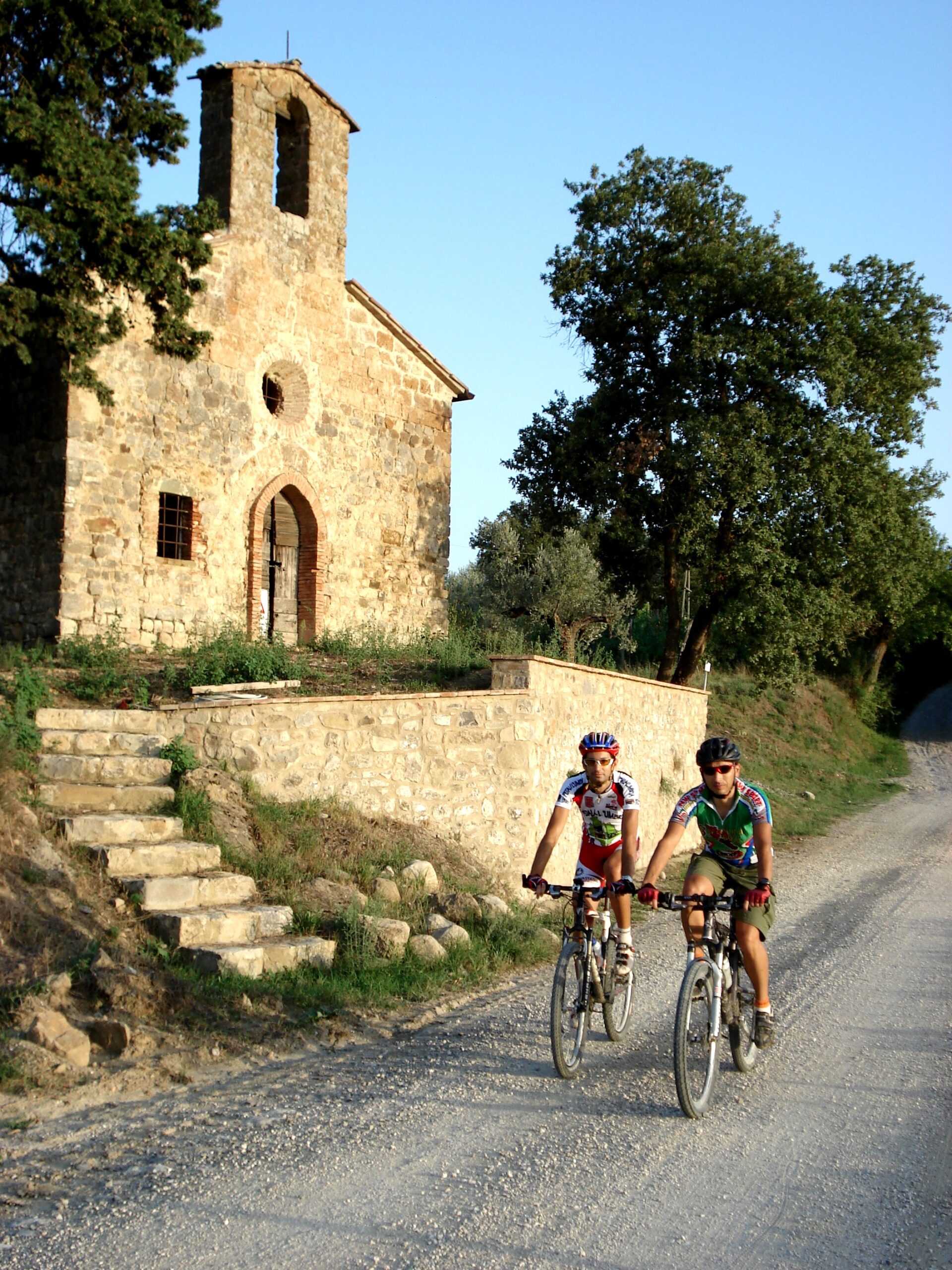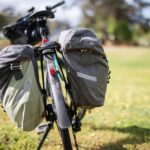First Bikepacking Trip: Honest Tips for Starting on the Right Foot
Have you ever dreamed of setting off on an adventure with just a bike, a few bags, and the desire to explore? If so, bikepacking might be exactly what you need. But be warned: it’s not just freedom and spectacular sunsets. It’s also sweat, endless climbs, and improvised meals in the middle of nowhere. In this article, I’ll give you some practical advice for tackling your first time without trauma.
1. The Right Bike? The one you already have (but check it thoroughly)
You don’t need a thousand-euro bike to start. You can use an entry-level gravel bike, an MTB, modified road bikes, even folding bikes. The important thing is that it:
- Is comfortable for long hours in the saddle.
- Has light gearing to handle climbs with a load.
- Has at least two bottle cages.
Check the brakes, drivetrain, and tires carefully before you leave.
2. Travel Light (Seriously)
Bikepacking is not cycle touring with 30 kg of side panniers. Every gram counts here. Only bring the essentials:
- Technical, lightweight clothing.
- One warm layer and one waterproof layer.
- Bike repair kit (never leave without it).
- Simple, compact food (bars, dried fruit, instant couscous).
- Lights and a power bank if you plan on riding at night.
3. Plan, but Leave Room for the Unexpected
The beauty of bikepacking is improvisation. But for the first time, it’s better to have a rough plan:
- Use Komoot or Ride with GPS to track your route.
- Mark water sources, campsites, and rest stops.
- Take elevation gain and weather into account.
4. Where to Sleep? Tent, Bivy, or Accommodation
If you want maximum freedom, bring a light tent. Alternatively, you can sleep in hostels, B&Bs, or agriturismi (farm stays).
5. Learn the Basics of Mechanics
No one is asking you to be a full mechanic, but knowing how to fix a puncture and adjust the gears is the minimum requirement. Bring with you:
- Spare inner tube or tubeless repair kit.
- Tire levers, a pump, and a multi-tool.
- Zip ties, duct tape, and a little patience.
6. The Mental Aspect Counts (More Than Your Legs)
Your first bikepacking trip will test you: physically and mentally. There will be moments when you think, “Why did I ever decide to do this?”, but also moments of pure joy.
Accept the slow pace. Listen to your body. Enjoy every climb, every descent, and every unexpected event.
7. Bikepacking Bags: Which Ones and Where to Put Them
Bikepacking differs from classic cycle touring by using compact bags, distributed in a balanced way:
- Seat pack: Ideal for clothing, sleeping bag, or tent.
- Frame bag: Perfect for heavy items like tools and food.
- Handlebar roll: For a tent, sleeping pad, or jacket.
- Additional small bags (top tube, stem bags): For quick access to snacks, phone, and wallet.
Advice: Choose waterproof bags or use dry sacks inside.



